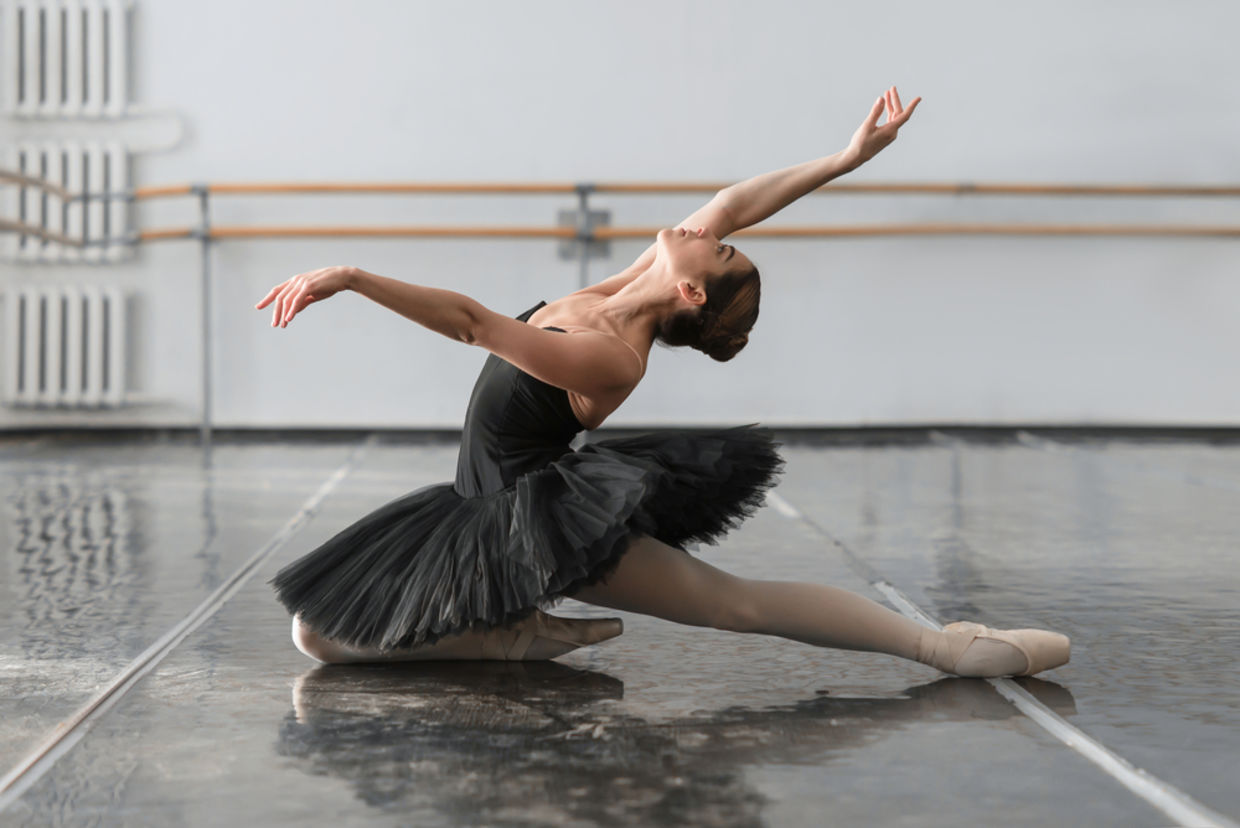
(Nomad_Soul / Shutterstock.com)
Like most sports, dancing improves heart and lung function, muscular strength, endurance, motor fitness, and weight management. Dancing is also known to increase bone strength, flexibility, agility, coordination, and balance.
If the physical benefits aren’t reason enough to start doing the boogie, new research shows that dancing also increases cognitive function.
Researchers at the Universities of York and Sheffield in the UK conducted experiments where participants chose to either sit and listen to music, exercise on a stationary bike, or dance for 5 minutes. All participants were given cognitive tasks to perform both before and after the music.
“All those who chose to dance displayed problem-solving skills afterwards,” Dr. Peter Lovatt from the University of Hertfordshire explains. “This same study also found that the mood levels of the dancers went up. It shows that dancing along to music even for five minutes can boost happiness and improve creative-thinking patterns.”
While most forms of exercise stimulate endorphins, it seems dancing releases more endorphins than typical aerobic movement. It also stimulates an emotional release that other forms of exercise don’t necessarily do. Dancing is also more successful at reducing cortisol levels. Since cortisol is a stress hormone, this is another reason that dancing can increase feelings of happiness and relaxation.
Fitness expert Dr. Matt Roots also explains that dancing gives us an opportunity to free up our bodies, allowing us to move unhindered- totally to the beat of our own drum- and that in today’s society, we just don’t do that quite enough.
He states that “Modern living often leaves us feeling disconnected from our bodies, because we spend so much time sitting down and hooked up to technology. Dancing makes you feel good because it makes you feel so alive.”
Dr. Lovett explains that there is also a social element to dancing, where we connect to other people through our movement and through the music. Historically, dancing has been used in ceremonies, rituals, and holidays for centuries as a way to connect spiritually to ourselves, to the vast expanse beyond, and to our social and cultural circles.
There’s also many different types of dance- salsa, swing, jazz, ballroom, ballet, hip-hop- and of course, the best- freestyle. So that anyone can find something to connect to in any mood.
No matter your age, background, or gender, dancing has something for everyone.
So go ahead, and dance like nobody’s watching! Your brain, body, and heart will thank you.
YOU MIGHT ALSO LIKE:
7 of the Most Amazing Dance Routines Performed in the Most Random Places
This is One Grandpa Who Can Probably Dance Better than You







